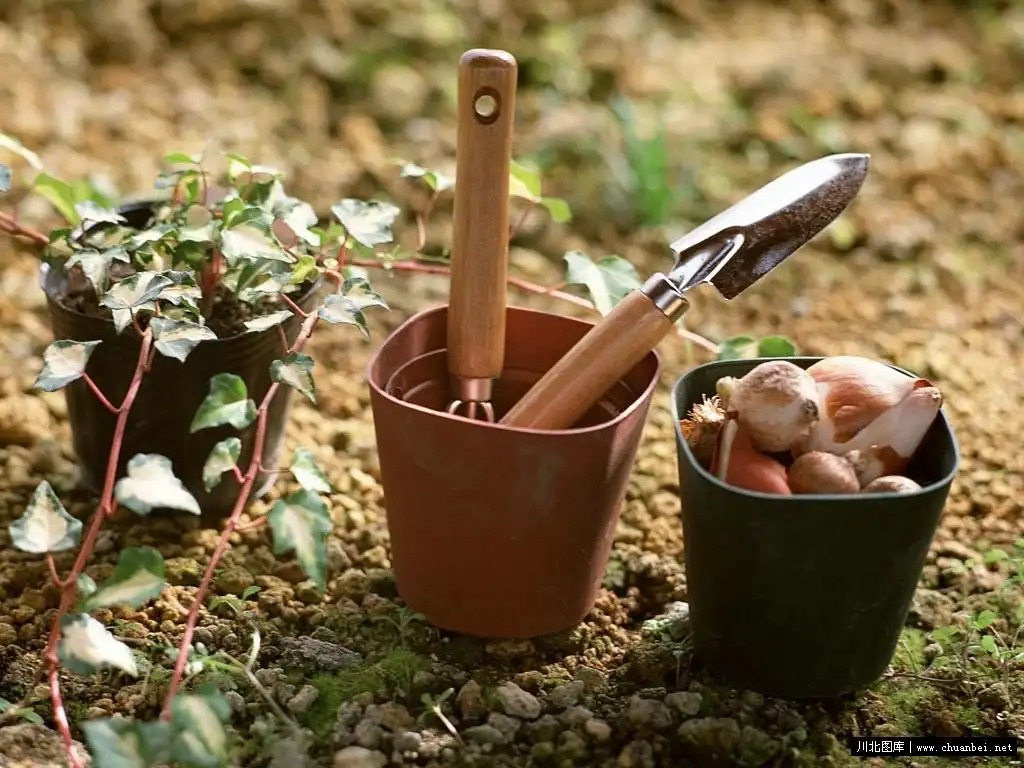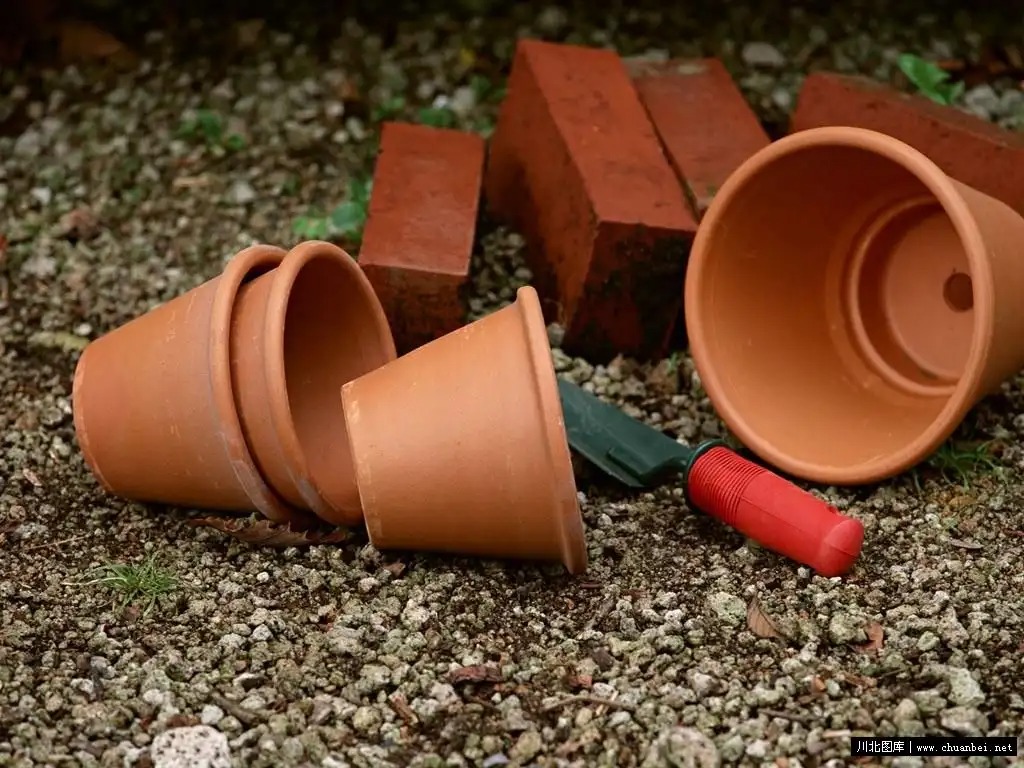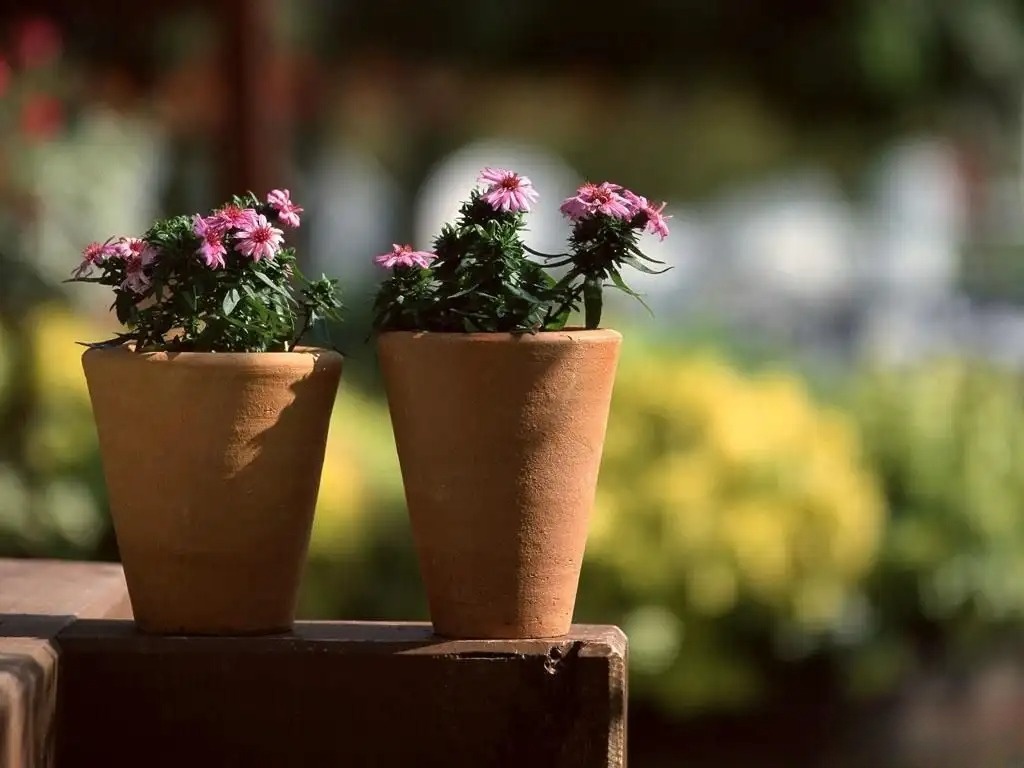Hedge planting, forest planting, row planting, group planting, cluster planting, pair planting, solitary planting the basic forms of garden plant planting
hedge planting, forest planting, row planting, group planting, cluster planting, pair planting, solitary planting
——Basic forms of garden plant cultivation
Hedge
Any regular planting pattern in which shrubs and small trees are planted closely together in single or double rows with a tight structure is called a hedge or green wall.
Lin Zhi
Planting trees and shrubs in large numbers to form forest land and forest landscapes is called forest planting, also known as forests. Forest planting is mostly used in quiet areas of large parks, scenic tourist areas or rest and convalescent areas, as well as health protection forest belts. Forests are divided into dense forests and sparse forests.
Row Plant
Row planting refers to planting trees in rows at a certain spacing, or with varying spacing within the row. The landscape formed by row planting is relatively neat, simple, and imposing. Row planting is the most basic planting form used in regular gardens and green spaces, such as roads, squares, industrial and mining areas, residential areas, and office buildings.
For row planting, it is advisable to choose tree species with relatively uniform crown shapes, such as round, oval, obovate, elliptical, tower-shaped, cylindrical, etc.
Group Planting
Group planting is a type of planting that is formed by a large number of trees and shrubs (usually more than 20-30 trees) mixed in groups. The main expression of tree groups is the beauty of the group. Like solitary trees and clumps, tree groups can be used as the main scenery of the composition. Tree groups should be arranged in open areas with sufficient distance, such as large lawns near the edge of the forest; wide open spaces in the forest; small islands in the water; waterfronts with wide water surfaces; hillsides and mounds of small hills. In front of the main facade of the tree group, at least four times the height of the tree group and one and a half times the width of the tree, an open space should be left for visitors to appreciate.
The combination of trees in a tree group must be well combined with ecological conditions. For example, in some places, when planting trees, roses, which are positive, are used as understory trees under magnolias, while the strongly negative peach corals are exposed to the sun. This is inappropriate. The first layer of trees should be positive trees, the second layer of sub-trees can be semi-negative, and the shrubs planted under the shade of the trees and to the north are semi-negative and negative. Plants that like warmth should be planted in the south and southeast of the tree group. The appearance of the tree group should have ups and downs, and attention should be paid to the seasonal changes and beauty of the four seasons.
Cluster Planting
A grove is usually a type of planting composed of two to more than ten trees of the same or different species, or a combination of trees and shrubs. The ground where the grove is planted can be natural vegetation or lawns, grass and flowers, or rocks or terraces. Groves are a type of planting that is focused on in gardens and green spaces. They are mainly based on the comprehensive image of the beauty of the tree group, so the relationship between plants and species must be handled well. The so-called inter-plant relationship refers to factors such as density and distance; inter-species relationship refers to the matching between different trees and trees and shrubs. When dealing with the spacing between plants, attention should be paid to planting appropriately densely on the whole, with a good density in the local area, and making it an organic whole; when dealing with inter-species relationships, try to choose tree species with matching relationships, and make positive and negative, fast-growing and slow-growing coexist. Each tree that makes up the grove can also express its individual beauty in a unified composition. Therefore, as a single tree that makes up the grove, similar to a solitary tree, it is necessary to select trees with special value in terms of shade, tree posture, color, fragrance, etc. Bushes can be divided into two categories: simple bushes and mixed bushes. In terms of function, bushes can be used as the framework of the garden space composition, for shade, as the main scenery, as guidance, and as supporting scenery. Bushes used for shade are best in the form of simple bushes, generally without shrubs or with a small number of shrubs, usually tall trees with spreading crowns are suitable. Bushes used as the main scenery, guidance and supporting scenery in the composition art are mostly mixed bushes of trees and shrubs.Planting
Paired planting refers to the use of two or two clusters of identical or similar trees, in a symmetrical or balanced planting method according to a certain axis relationship. It is mainly used to emphasize the entrances and exits of parks, buildings, roads, and squares, while combining the functions of shade and decorative beautification to form background and sandwiched scenery in the composition. In regular planting, tree species with neat crowns are generally used, while some tree species with overly twisted crowns need to be used properly. Generally, the distance between tall trees and the walls of buildings should be more than 5m, and the distance between small trees and shrubs can be reduced as appropriate, but not too close, at least 2m. In natural planting, the pair planting is not symmetrical, but the left and right are still balanced.
Solitary Plant
Solitary planting refers to the isolated planting type of trees or shrubs. In terms of the function of the garden, one is a solitary tree that is purely used for composition art; the other is a solitary tree that combines shade and composition art in the garden.
Solitary trees mainly show the characteristics of individual plants and highlight the individual beauty of trees, such as peculiar postures, rich lines, rich and colorful flowers, huge fruits, etc. Therefore, when choosing tree species, solitary trees should be selected with the characteristics of spreading branches, graceful postures, distinct outlines, vigorous growth, good shade effects, and long lifespans, such as ginkgo, locust trees, banyan trees, camphor trees, sycamore trees, white birch trees, soapberry trees, maple poplars, horse chestnut trees, cedars, spruces, junipers, liquidambar formosana, maple trees, Japanese maple trees, Chinese tallow trees, cherry trees, crape myrtles, plum blossoms, magnolias, persimmon trees, etc.
The location for planting solitary trees should be relatively open, not only to ensure that there is enough space for the tree crown, but also to have a relatively suitable viewing distance and viewing point. It is best to have natural scenery such as the sky, water surface, and grassland as a background to highlight the characteristics of the solitary tree in terms of shape and posture. As part of the garden composition, the solitary tree is not isolated and must be coordinated with the surrounding environment and scenery. The solitary tree is required to be unified in the entire garden composition and to complement the surrounding scenery. If the solitary tree is planted on an open and wide lawn, highland, hill or waterside, the selected trees must be particularly large, so that they can be different from the vast sky, water surface, and lawn, so that the solitary tree can stand out in posture, shape, and color; when planting solitary trees in small forest lawns, waterfronts of smaller water surfaces, and small courtyards, their body must be small and exquisite, and tree species with beautiful shapes and lines and bright colors can be used; solitary trees in landscape gardens must be coordinated with rockery rocks, and the tree posture should be winding and ancient.